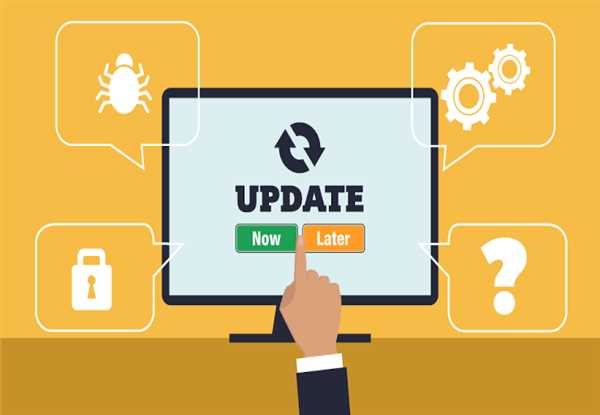Software update and software upgrade are two terms used in the world of software development to describe changes made to a software application. While they may sound similar, they refer to two different processes. In this answer, we will explore the differences between software updates and software upgrades.
A software update is a process in which developers release a new version of an application to fix bugs, address security vulnerabilities, or add new features. These updates are typically released on a regular basis, such as monthly or quarterly, and are usually small in size. Software updates can be installed automatically or manually by users, depending on the software and the user's settings. Updates usually do not change the version number of the software, but they do improve the functionality and performance of the application.
On the other hand, a software upgrade is a process in which developers release a new version of an application that includes significant changes to its functionality, user interface, or architecture. Upgrades usually involve major changes that require users to purchase a new license or pay a fee to upgrade to the latest version. Upgrades often come with a new version number and may require users to go through an installation process that includes backing up data, uninstalling the old version, and installing the new version.
The main difference between software updates and software upgrades is the scope of changes that they bring. Updates are typically minor improvements to the software that do not require users to pay additional fees or go through a complicated installation process. Upgrades, on the other hand, are major changes to the software that often require users to purchase a new license or pay an upgrade fee. Upgrades may include changes to the user interface, new features, and improved performance, among other things.
Another difference between software updates and software upgrades is the frequency at which they are released. Updates are usually released on a regular basis to fix bugs and address security vulnerabilities. They may also add minor features or improve performance. Upgrades, on the other hand, are usually released less frequently and often require users to plan and budget for them.